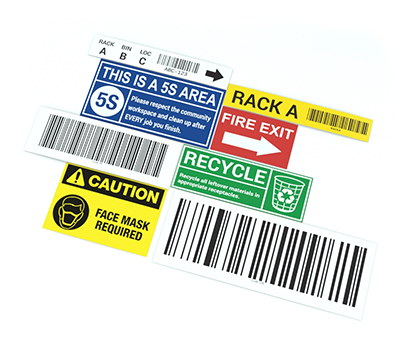
The neutral wire is one of the two primary wires in a standard AC system. It provides the path for electricity to take back to the electrical panel. It will run along with the positive wire, which is what brings the electricity from the panel (or other source) to the machine or whatever it is that requires the electricity. Having this looped system allows the electricity to safely travel into, and then back out of, the equipment in question safely and reliably.

Part of the Live Circuit
Some people take the name neutral to mean that it doesn’t have current running through it, but that is not the case. The neutral wire is part of the live circuit, which means anytime it is plugged in, it will likely have electrical current going through it. For this reason, one must exercise extreme caution whenever working on or with the neutral wire of a power cable. If work needs to be done on this cable, it should first be completely disconnected from any potential power source. Ideally, the lock-out tag-out procedure will be followed to help guarantee that power is not accidentally restored.
Neutral Wire is Typically White
In the vast majority of electrical systems the different wires within a cord will have different colored plastic shielding on them. This helps to keep the electrical current safely contained within the wire. It also makes it easy to see what each wire is, so they are easier to work on. In most standard AC systems, the neutral wire is going to be white.
Neutral Wire is Essential
Some electrical systems can operate without a ground wire (though that is not safe or recommended in most situations). If the neutral wire, however, is damaged or not present, it can cause serious dangers. The electricity that flows down the positive wire won’t have any return path available (unless a ground wire is present). This can result in overheating and fires, or could potentially damage the system that the wire is bringing power to. To avoid this type of danger, it is important to always ensure the neutral wire is in place and functioning properly at all times.
Additional Neutral Wire facts:
- The neutral wire is the white wire that accompanies the black wire in a neutral circuit. Its job is to return unused electricity back to the panel. Smart switches require neutral wires because they’re always on. Source: https://www.angi.com/articles/what-does-neutral-wire-do.htm
- The neutral wire is essential because without it you won’t have any power. It establishes the circulation of electricity and keeps the current flow from overflowing. It also keeps the electricity grounded to prevent shocks and short circuits. Source: https://homearise.com/what-neutral-wire/
- The neutral wire is made of copper, which is a very good conductor of electricity. However, not all wires in the market are of good quality. Some are made of iron and are of poor quality. Installing these might be dangerous for long-term usage. Source: https://homearise.com/what-neutral-wire/
- The neutral wire is not the same as the ground wire, even though they are both connected to each other. The ground wire serves as a safety measure that redirects the current away from certain outlets in case of a fault. The neutral wire is part of the electrical connection that completes the current flow. Source: https://www.angi.com/articles/what-does-neutral-wire-do.htm
- A neutral wire is a current-carrying conductor that brings current back to the power source to establish control over the voltage. It takes the unused electricity back to the transformer, which allows the conductor’s power to alternate and makes the circle of the electrical transmission complete. Source: https://nassaunationalcable.com/blogs/blog/what-does-the-neutral-wire-do
Similar Questions
- What’s the difference between a positive and neutral wire?
- What are ground wires?
- What does it mean to ground a wire?
- How do wire color codes improve safety?
- What is the gray wire color used for?
- How are neutral wires identified?
- What is the Color of the Ground Wire?
- What is neutral wire color?
- Is the black wire the hot wire?

